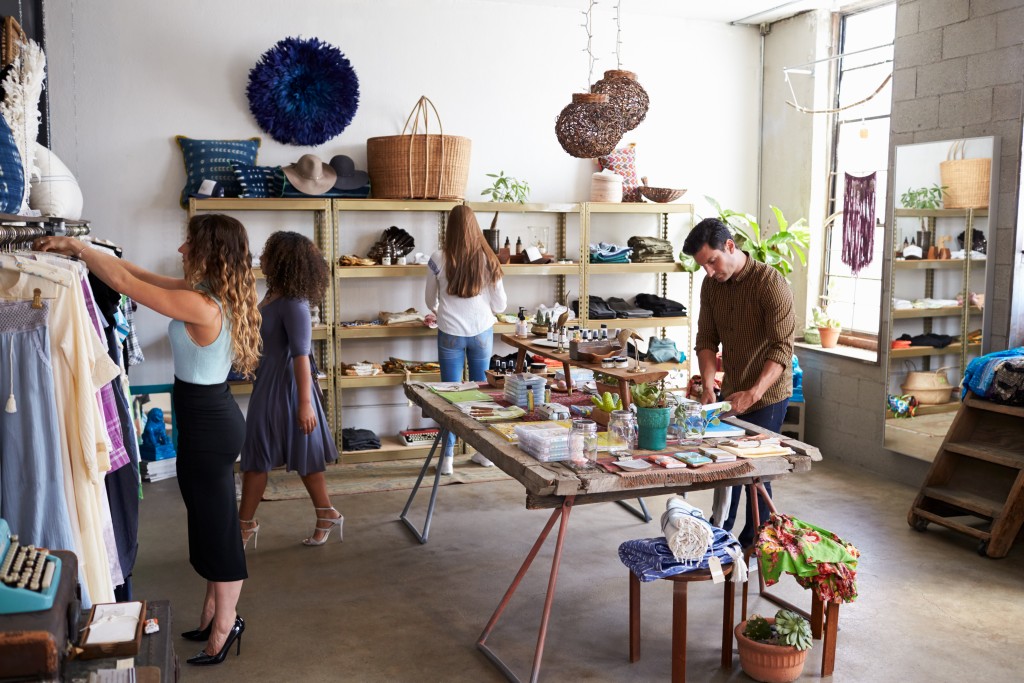Most consumers nowadays are environmentally conscious about the brands and businesses they support. If they see a business that doesn’t promote sustainable practices or is creating decisions that negatively impact the environment, they’ll start boycotting them. And it makes sense because consumers have all the purchasing power, which means that businesses have to listen to them.
This might feel like a harsh move for consumers, but it’s necessary given the state of the world today. If the consumers can use their purchasing power to urge businesses to forego their environmentally harmful actions and switch to more humane or sustainable practices, then so be it.
If anything, it’s a regret that the consumers didn’t start doing it sooner. That’s why it’s wise to start a business in sustainable packaging. More consumers are leaning more towards e-commerce shops and online shopping for their day-to-day needs. Here’s how you can grow your sustainable packaging business:
Look into Recyclable Materials
The essence of sustainable packaging is to promote the use of recyclable, plant-based, or plantable materials—anything that won’t harm the environment. Some people might not think that choosing sustainable packaging is a worthwhile feat, but any efforts toward saving the environment are welcome contributions.
This is especially true considering the impacts of climate change on Earth. At the rate that climate change is progressing, it’s safe to say that people no longer have the time to waste dilly-dallying. People need to act, and they need to act now; what better way to promote this in your business than by looking into recyclable materials for your sustainable packaging.
You can find eco-warrior suppliers who believe in the same values that you hold and work with them to ensure that society is reducing its carbon footprint slowly. It also won’t hurt to support the local businesses and initiatives that aim to promote the sustainability movement, particularly if you can create mutually beneficial relationships with one another.
Use Top-of-the-line Equipment
After finding suppliers for your raw materials, you can move on to getting the right equipment to create your finished products. Of course, the number and size of the equipment you’re going to invest in will depend on how big of a market you want to cater to, so it only makes sense to identify the metrics from the get-go.

Once you have an idea of what equipment you’ll need, the next step would be to scour the market for machinery suppliers. Make sure that you’re only getting top-of-the-line equipment because it will be better for your business in the long run. And never sacrifice quality for a low price because that can be more costly if you need to make constant repairs in the future.
For instance, if you’re going to create eco-friendly cardboard boxes, you’ll need a durable die-cutting machine to make accurate and precise end products. But you should take the time to look for reviews online and research common errors in die cutting before you buy your equipment. This way, you’ll know what you’re getting yourself into.
Find Clients for Your Business
It would be impossible to grow your business if you don’t have customers, which is why it should be a part of your priorities. Now that you have suppliers for your materials and the right equipment to make your products, the last aspect of your business is to find customers who will use your sustainable packaging.
This can include small local business owners who prefer sustainable packaging over the usual single-use plastics. You can also partner with popular online brands who want to switch to support the sustainability movement but don’t know how. This way, you can promote your business and save the environment at the same time.
Don’t be afraid to approach all the entrepreneurs that you think will benefit from your packaging products. You won’t be able to grow and reach a wider audience if you’re just going to wait for them to come to you; you need to go to them. So, use your social media platforms, attend networking events, or spread the news about your business by word-of-mouth.
If you’re afraid of taking the first step because you’re not sure if it will reap plentiful rewards, then you might find it difficult to last in this industry. Running a business is always risky; you can’t just sit back, hope that people find your products, and approach you because that’s not always how it works.
Instead, you have to pave your own path by forging ahead despite what anyone else says. After all, you are the key to your success, so don’t let anyone tell you otherwise. If you want to encourage people to join the sustainability movement through your products, then you need to be firm in your stance.